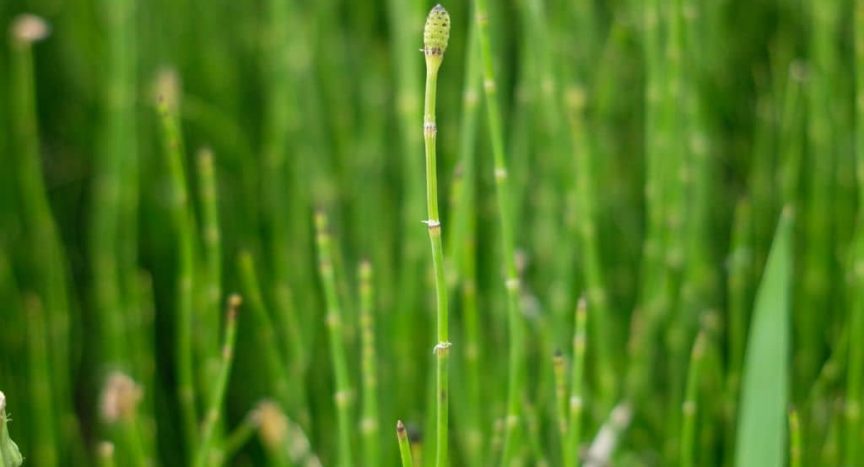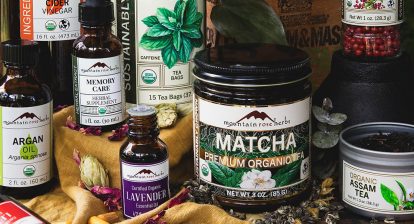There is a special place in Eastern Connecticut where I like to forage for both food and medicinal plants. So far I have found mugwort, stinging nettle, yards, Japanese knotweed, spices, ramp, bee balm, yellow trout lily, elderberry, raspberry, blueberriesand the prominent horsetail plant.
This area is not only my favorite place to forage; is an outdoor classroom where nature reveals its secrets one season at a time. Today, as I set out to harvest horsetail, I am eager to share with you the knowledge and insights I have gathered about this remarkable plant.
Horsetail (Equisetum spp.), with its unique cane-like appearance and silica-rich stems, is a living fossil from Paleozoic era (we are talking about 400 million years ago). It used to grow 130 meters! Can you imagine it?
Traditionally used for its diuretic and wound-healing properties by ancient civilizations and indigenous tribes, horsetail has been loved for strengthening hair, bones and nails. Today, it finds applications in cosmetics and agriculture, showing its versatility and enduring importance.
As we learn to identify the different horsetail sprouts, explore its many uses, and discover the best ways to harvest and prepare it, this guide will provide you with all the knowledge you need to get the most out of it. more of this plant. Whether you're an experienced herbalist or a passionate forager like myself, getting to know horsetail will deepen your botanical understanding and increase your appreciation for the wonders nature has to offer.







